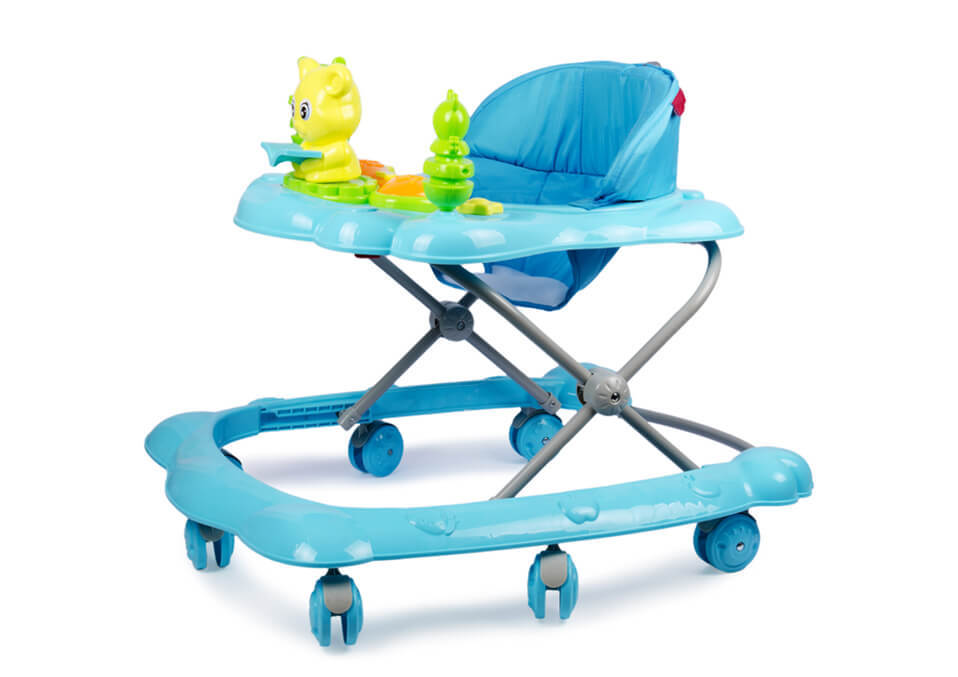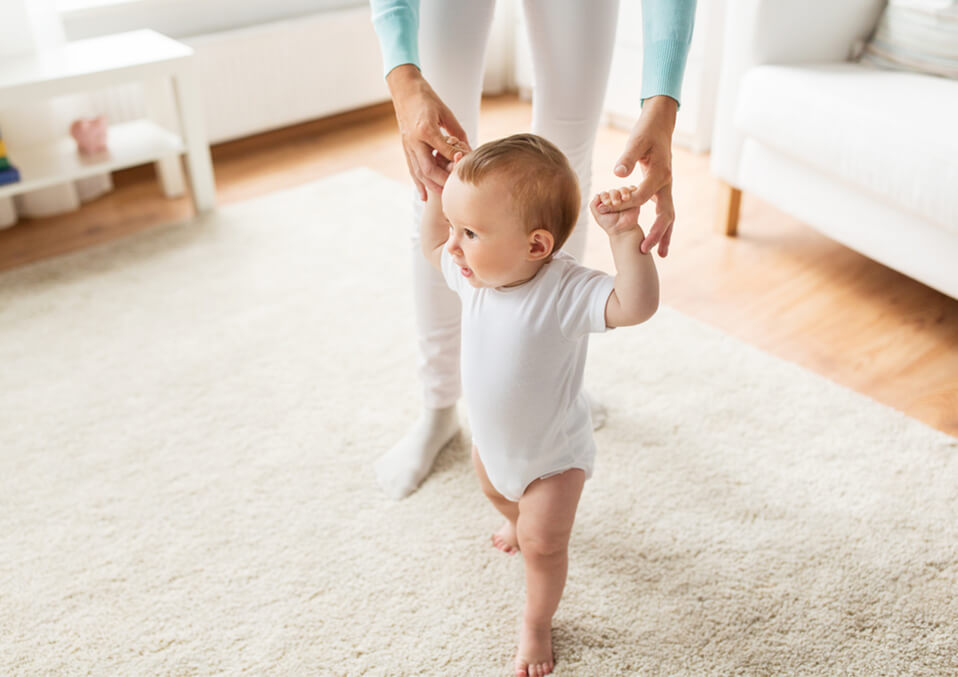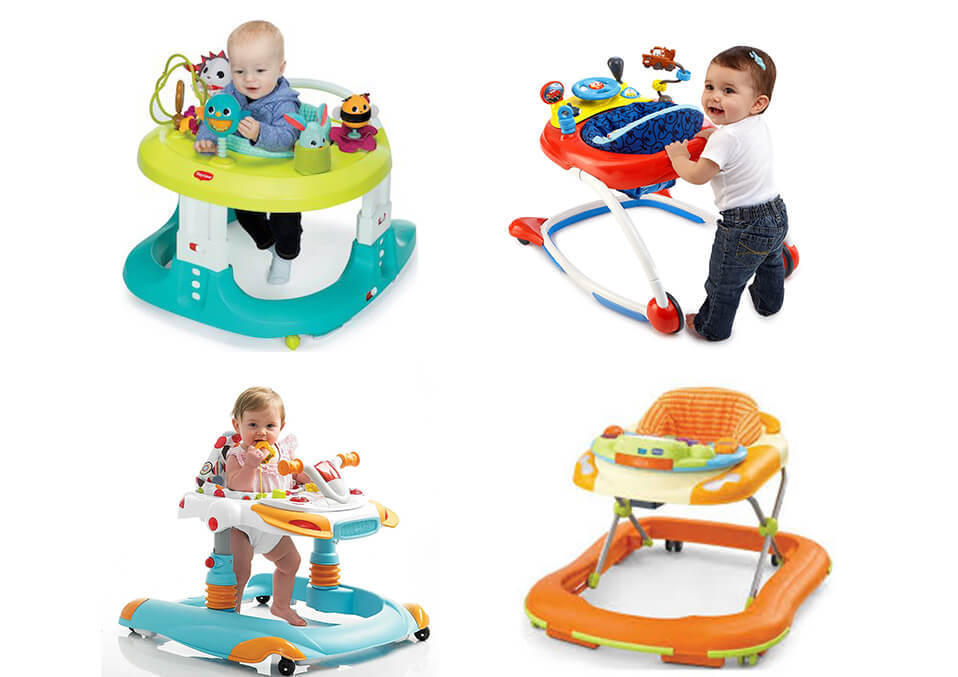
Baby walkers are entertaining equipment for babies that has a convenient usage for parents who are multitasking at home. Almost 80% of people have tried using walkers when they are still babies merely because of cultural beliefs and due to the preference of parents. Regardless of the popularity of baby walkers, there are still concerns about its safety and usefulness to the development of the baby who is using it. In this article, we’ll know more information about the concerns of experts regarding the use of baby walkers and if it is worth it to buy one.
Baby walkers are used by babies that are 4-12 months who are still learning how to walk. Parents let their babies stay in a walker because they believe that it is a great way to help them learn how to walk and it is a convenient way to leave their babies while playing if they need to do something. There are studies nowadays that question the use and benefits of walkers to babies. They propose that the use of walkers hinders the muscle development of babies, it causes a delay in the mental and motor functioning and it increases the chance of injury.
Downsides of using a baby walker

a. It hinders muscle development
There is a belief that the use of a baby walker helps strengthen the legs and hips of the baby, however, experts say that the use of walkers only strengthens the lower legs but it doesn’t do anything on the arms, upper legs and hips. If you want to let your baby practice walking, all its body parts should be synchronized in developing. Babies that are placed in the walker don’t know how to walk so technically they are forced to move, leading to a problematic way of muscle development. The use of walkers hinders the baby to practice moving freely with the use of his body parts.
b. It delays the mental and motor development of the baby

There were observations that babies who used walkers learned how to walk later than those babies who didn’t use a walker and just practiced walking by means of crawling. The reason why there is a delay in mental and motor skills because when a baby is in a walker, his movements are restricted and that the walker seems to control his movements. Unlike when the baby is crawling, its mental functioning is practiced because the baby will find a way on its own how to move especially if he sees an object or a “goal” that he wants to get.
The motor development is also practiced when the baby crawls because he tends to use all his body parts in moving in a particular direction. When the baby is in a walker, he moves using tiptoes that is why when the baby teaches how to walk without the walker, the comfortable way for him is through tiptoeing which is not a proper way of walking.
c. It increases the chance of injury
Walkers move fast because of its wheels making it unsafe for the baby if the place is not baby-proofed and is located in an area with stairs. When the baby is in a walker, their height is elevated letting them easily reach for things that may be bumped into their heads causing head trauma. There are countries that banned the use of walkers because there were high numbers of injuries that had happened to their babies ranging from mild to serious injuries that lead to death for some.
How to use a baby walker safely

Even though the information about the downsides of using a baby walker has been disseminated throughout the different social media platforms, there are still parents who still want their baby use walkers because of the benefits and joy that they can get from it. Here are some safety recommendations to ensure that your baby will still have a worthwhile experience.
- Choose baby walkers that comply with consumer product safety standards. There are walkers that are equipped with features that promote safety usage such as stoppers if you just want your baby to sit and play on the walker in a certain place without them roaming around.
- Parents prefer to let their baby stay in a walker so that they can do other tasks but leaving your baby while in a walker is not advisable because in just seconds they can be injured without you knowing so be sure to stay near your baby so that you can still supervise the things that they are doing.
- It is advisable to place the baby in a walker for no longer 20 minutes. The body of the baby is restricted in moving when he is in a walker that may be prone to bodily injury or strain because their bodies are just forced to move. Letting the baby stay in a walker longer may also cause irritations that lead to tantrums.
Alternatives for a baby walker
The use of a baby walker will not do any beneficial effects on the development of the baby. Provided that there are negative effects through its usage, it might be helpful to use alternatives that will still give the same joy to babies playing and the same benefits for parents or guardians who want to multitask. These alternatives will not interfere with the developmental phases of your babies, it can even hone and encourage it’s mental and bodily growth.
- Stationary activity center
It looks like a walker equipped with surrounding toys and chair but it doesn’t have wheels that will force your baby to move. This is a lot safer than the use of a walker because you can just position your baby in a safe place secured, you’ll just have to properly choose the toys that you will surround him.
- Playmats
The use of playmats will encourage the baby to move by means of crawling and rolling which will serve as a practice for him to walk. To make this alternative safer, you can turn it into a play yard by placing some friendly fences so that the baby will just move around the area.
Read also:
- Baby Grabbing Toys and Objects
- Disinfecting Baby Toys: the Natural Way
- Child Care 101: when Can a Baby Use the Bouncer?


